Mushroom picking in Manitoba–a fungi good time
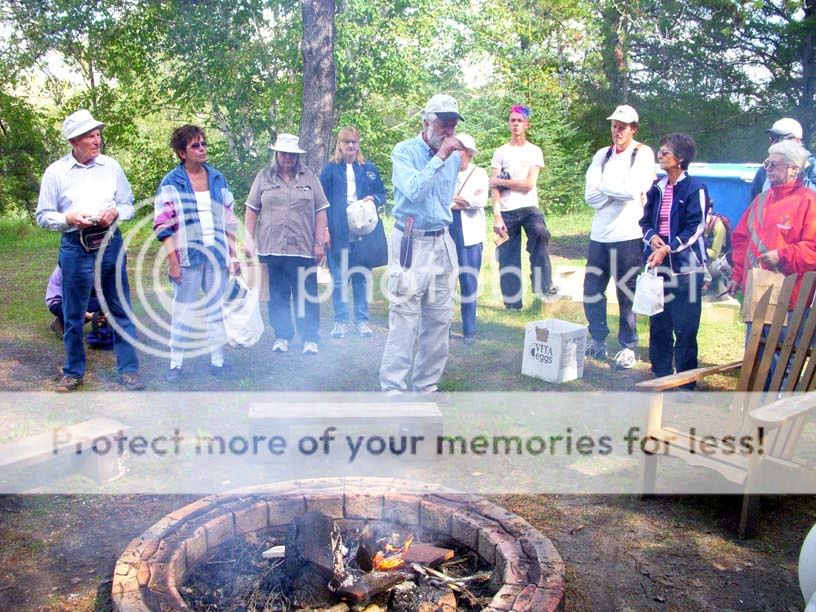
I’d almost forgotten when the call came.
We’ll be meeting at the Southdale Mall McDonald’s at 1:00pm.
It occurred to me I wouldn’t know how to identify them, but they were an unmistakable group.
The telltale clipboards, cargo pants and wide-brimmed hats told me I’d found my people.
The Manitoba Naturalists Society’s mushroom picking campaign was about to roll out.
I had only a vague idea of where we were going (the fungherati closely guard the location of their caches). Nevertheless I piled into a car with three strangers.
Leading the procession, David Punter, retired Professor of Botany of the University of Manitoba.
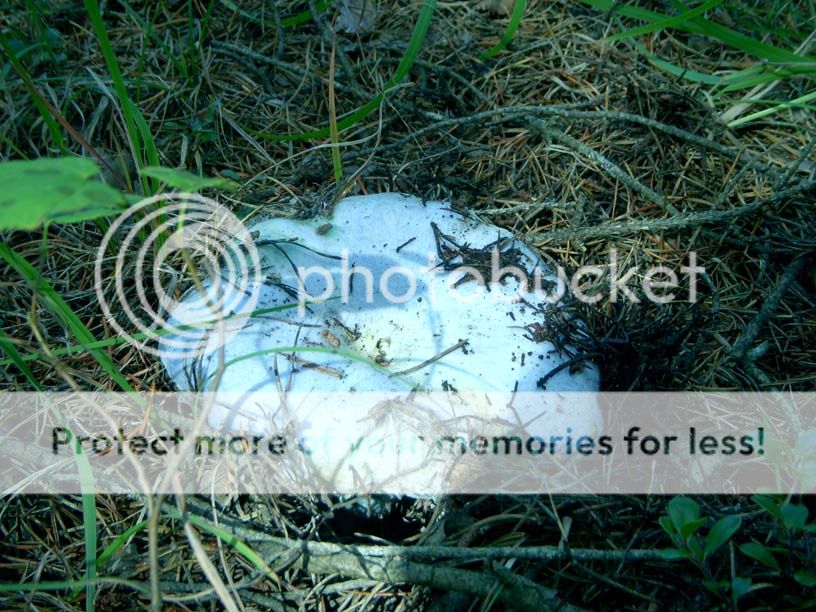 I remember picking mushrooms with my mum and dad back in England. The ubiquitous rings of white umbrellas grew abundantly in the wet fields and we’d harvest basketfulls destined as sides to steaks and breakfast (fry ups, of course).
I remember picking mushrooms with my mum and dad back in England. The ubiquitous rings of white umbrellas grew abundantly in the wet fields and we’d harvest basketfulls destined as sides to steaks and breakfast (fry ups, of course).
Those were simple times. Innocent ones. I knew exactly what to look for, and where.
But in Canada, the sheer variety of funghi is staggering. Even the few edibles I’ve encountered, and continue to encounter astonishes–crimini, portabello, porcini, shitake, maitaki, enochi, oyster, chicken of the woods, morels…
As Professor Punter pointed out during the education evening this past May at Kelvin High School, there are over 10,000 species of the suckers (or should I say fruiting bodies) world-wide. Manitoba alone boasts 1000.
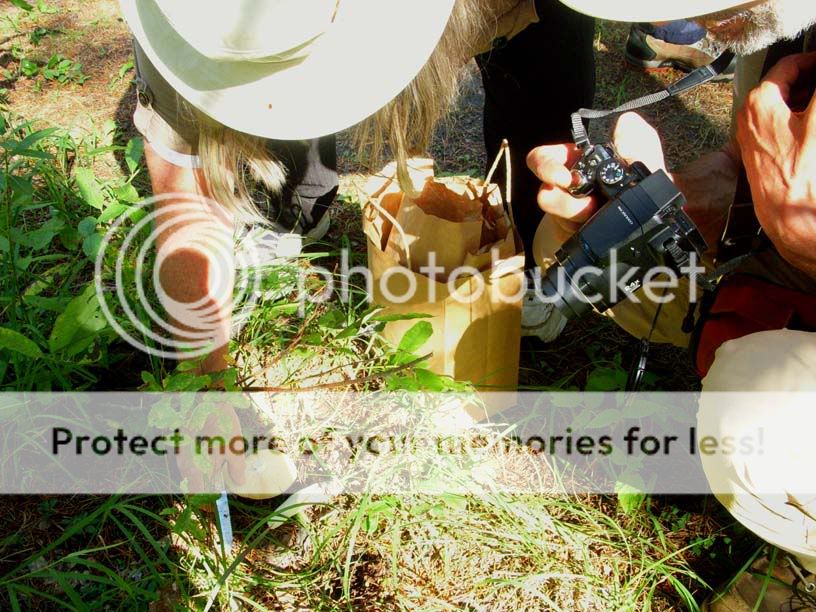
My interest, like many of my classmates that evening, was in identifying the edibles. Although there were a couple of quickly derided questions about edibles with special side-effects.
There is no simple test of edibility and mistakes can quite literally be deadly.
And if that doesn’t send you right for the Loveday bags at Safeway, it turns out most of the protein in mushrooms is indigestible anyway.
So what’s the point. Well, the little devils are delicious and the most delicious of them (morels for instance) can fetch upwards of $50 a pound.
Economics aside, there’s nothing quite as satisfying as bringing to the table something you’ve foraged for.
After being bombarded with images and latin names, none of them recognizable, the education evening taught me one thing above all. An evening class couldn’t possibly prepare me for intelligent picking. The best approach is a good guide book, a good mentor and plain old experience.
And that’s what signing up for the field trip was all about.
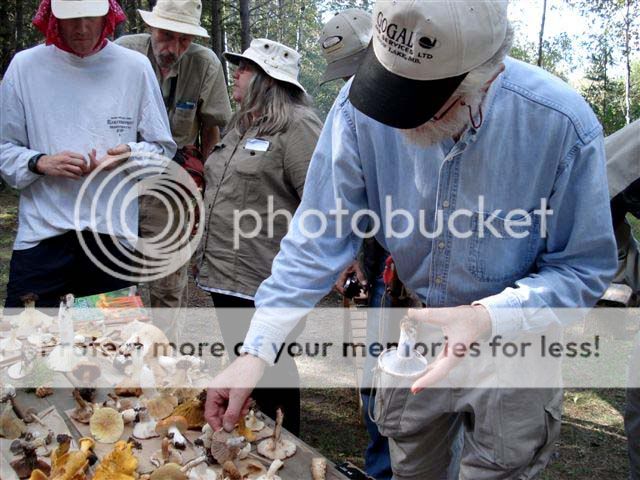
Julie Shoen plans all the outings for the Naturalists. It was in her car I was bundled, along with a zoologist and another initiate like me.
It’s late in the season, Julie explained answering my question of what we could expect to find. Being the first week of September, the chanterelles are almost done.
Sensing our dismay, she explained we’d probably still find a few, adding that for the last outing two years ago, the weather had been so dry they found nothing at all.
Once we got on the trail, we did find many chanterelles already rotting, or too large and woody for good eating. But after poking around (unfortunately the same shaded, damp areas Manitoba’s national bird, the mosquito, enjoys) we encountered smatterings of the orange tinted delights.
But the main point, we were gently reminded, was to collect as many unique samples as possible.
After an hour galumphing through woodlands owned mostly by Professor Punter’s gracious friends, we gathered back at their cottage to display our haul.
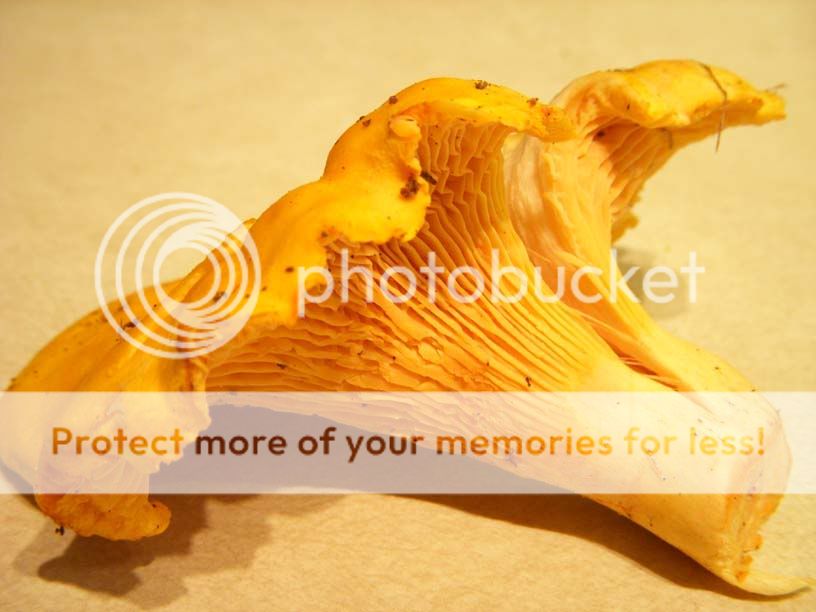
An impressive array sent the botanist to the books on more than one occasion. The majority, however, proved inedible.
I got confirmation on my modest haul…all chanterelles (and a few puff-balls…an edible as long as their centre hasn’t begun to turn green).
I could have gone back for more and stashed them for later use as they freeze quite well, but decided to take only what I needed for the day.
When all was said and done, it was a fantastic afternoon spent with an equally fantastic group of people.
But at the end of the day I think I’ll do most of my mushroom hunting at the farmers’ market…at least until the morels appear in the spring. I only hope there’ll be another excursion with the Naturalists.
While you wait for the next one to come around, pick yourself up a guide book. Here’s some recommended reading:
All That the Rain Promises and More by David Arora.
Mushrooms of North America by Orson K. Miller.
Edible Wild Mushrooms of North America. A Field to Kitchen Guide by David Fischer.
100 Edible Mushrooms by Michael Kuo.

I was wondering if you are familiar with these mushrooms. There is a ton of these growing where there use to be an apple tree in Southdale. They cut the tree down but left the roots. Arter this crazy rainfall, there were loads of these mushrooms on their property. How can I hook up with the Manitoba’s Naturalist Society?
Would love to hook up with some muchroom picking enthusists Please contact me.
i found a morel mushroom here in manitoba…i was wondering if they are the right ones because i have never seen any around manitoba….
Morels do indeed grow here in Manitoba and they’re in season during May. But there are false Morels which happen to be quite deadly, so the only reliable way to know if yours is a good one is to take a course or two, go mushroom hunting with someone who knows what they’re doing, and get a good guide book. Good luck and happy hunting!